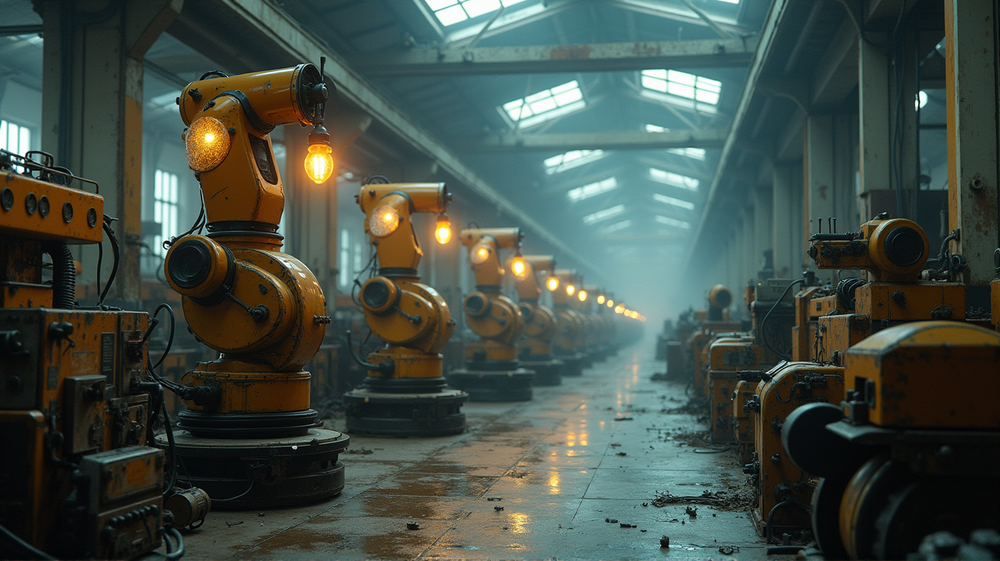The Illusion of Industrial Policy as an Economic Saviour
In the realm of economic strategies, the allure of industrial policy often shines bright, echoing both Democratic and Republican halls with promises of economic revivals and manufacturing booms. Yet, as history repeatedly shows, this approach consistently falls short of its grand ambitions.
A Historical Perspective: Echoes of Misdirection
Mariana Mazzucato, with her vision for a robust state-driven economic blueprint, argues for a more strategic industrial policy - one sidestepping idiosyncrasies for holistic designs. Her critique of Trump’s tariff and equity stake model aligns with prior Democratic initiatives, like President Biden’s subsidies and tax credit schemes. However, despite the varied implementations, a unifying flaw stands out: the encroachment of political motives over economic sense.
Politics Over Precision: The Unseen Costs
The dream of restoring jobs through protective tariffs and government-fueled investments confronts harsh realities. In today’s capitalist landscape, manufacturing thrives on automation, a stark contrast to the human-driven factories of the 1950s. Los Angeles Times.
Unpacking the Myth: Industrial Strength Misconceptions
Advocates confuse state intervention for a path to innovation when in reality, it often shackles progressive industries. Historical examples, such as France’s Minitel, illustrate how government support might spur initial success, but eventually smothers innovation, trapping technologies in their nascent forms.
The Political Trap: Navigating Industrial Policy
Gary Clyde Hufbauer and Euijin Jung’s comprehensive study into fifty years of U.S. industrial policy unearths a singular truth: subsidies and trade protections are politically beguiling but economically damaging. Even success stories like DARPA and Operation Warp Speed underscore how limited government backing excels only when it fosters open, competitive innovation without stifling market forces.
The Path Forward: Embracing Market Dynamics
For sustainable economic growth, relying on market-driven forces remains crucial. The supposedly efficient ‘visible hand’ is fraught with political dealings and rarely matches market precision. Real progress resounds in the invisible hand’s subtlety, guiding economies toward the future, unfettered by paternalistic constraints.
The money and effort funneled into industrial policies might seem worthwhile in the short term, but only a market-led approach nurtures true innovation and economic wellness. From this lens, Trump’s ‘industrial policy,’ like many before it, unveils less of an economic masterstroke and more of a political mirage.




